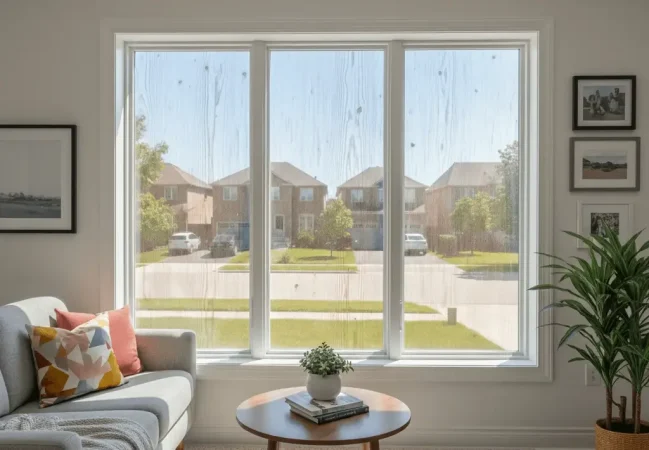Imagine a window that’s tough like wood, warm like insulation, and lets soft, even daylight into a room — that’s the promise of transparent wood. Read on for a friendly, no-tech-fluff guide to what it is, why people are excited, and what it means for homeowners today.
What exactly is “transparent wood”?
Transparent wood (sometimes called “clear wood”) is a lab-made composite that starts with real wood and turns it into a light-transmitting panel. Scientists remove or modify the parts of wood that absorb light, then fill the wood’s natural sponge-like structure with a clear polymer. The result can be translucent or nearly clear, depending on thickness and how it’s made.
How it’s made — plain English version
- Start with thin wood slices (think thin veneers).
- Remove or neutralize light-absorbing bits of the wood (that’s mostly a chemistry step).
- Soak the remaining wood scaffold in a clear resin so the pores fill and the whole thing becomes light-transmitting.
That combination — natural wood fibers + clear polymer — keeps wood’s strength while making a panel that passes light in a soft, diffused way.
Why people like it (the useful stuff)
Better insulation
Transparent wood is naturally more insulating than ordinary glass, so it can help reduce heat loss through windows.
Safer and tougher
It doesn’t shatter like glass — it bends, dents, or holds together more safely on impact.
Soft, diffuse light
Instead of sharp glare and hot spots, transparent wood spreads daylight evenly — great for workspaces and rooms that need gentle light.
Renewable potential
Because it’s based on wood, the material has strong sustainability appeal — especially if paired with bio-based resins.
What’s still holding it back?
Despite its promise, transparent wood isn’t ready to replace your window glass tomorrow. Here are the main gaps:
- Clarity vs thickness: Thick panels get less clear — lab prototypes are often thin veneers or specialized laminates.
- Fire and building codes: Many resins used today are combustible; getting certified for exterior windows and facades requires more testing.
- Long-term weathering: UV stability and yellowing outdoors need more real-world data.
- Scaling & cost: The manufacturing steps are more complex than glass-making — that means higher price and limited commercial supply right now.
Where transparent wood could show up first
When it arrives in the marketplace, don’t expect it to show up first on standard exterior windows. Look for earlier uses like:
- Interior privacy panels and partitions
- Skylights and diffusing daylight panels
- Decorative sidelites and bathroom glazing
- Specialty safety glazing where shatter resistance is valued
Should homeowners care now?
Yes — but mostly as a technology to watch. Transparent wood brings real benefits (insulation, toughness, beautiful diffuse light) that line up with energy-efficient and sustainable building trends. It’s exciting for designers, builders, and homeowners who follow green tech — but it’s not yet a ready-made swap for standard window glass for most homes.
Want to see how the glazing market is evolving?
If you care about better insulation, reduced glare, and greener materials, keep an eye on transparent wood — especially developments that pair wood with bio-based, flame-retardant resins or that demonstrate long-term outdoor durability. Those will be the milestones that move this tech from lab to living room.

